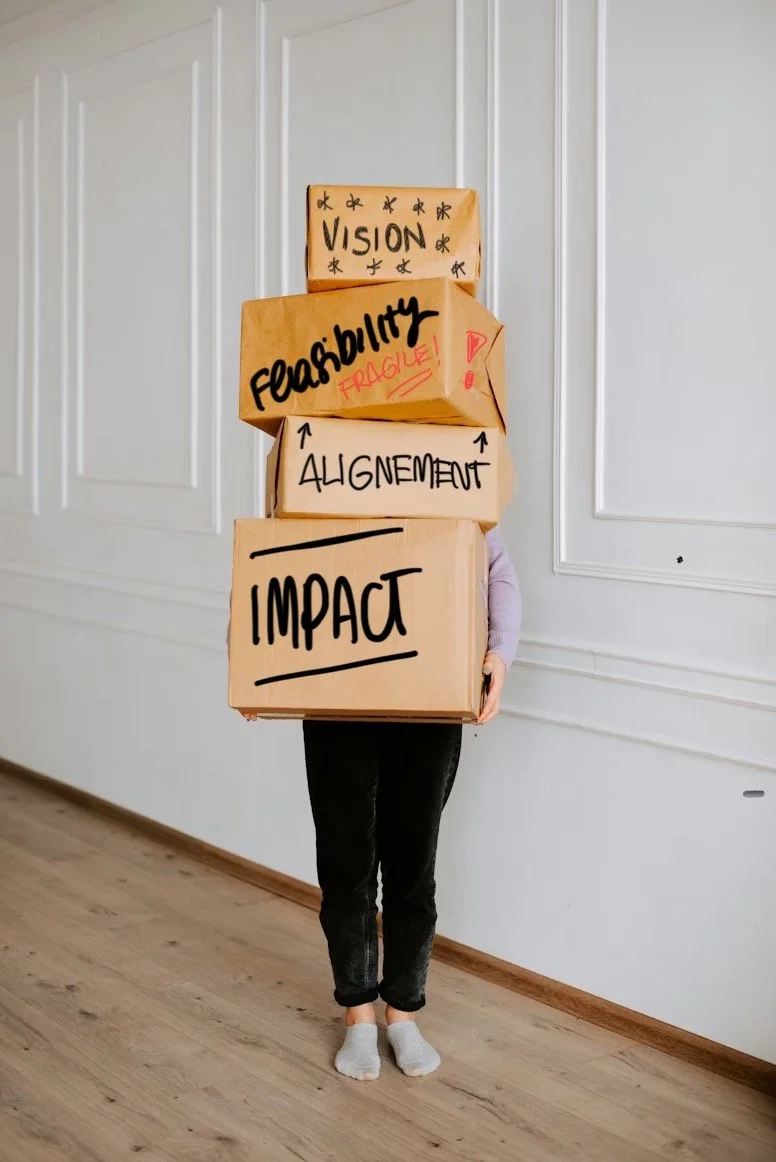I am in a book!
It is not every day that you get to see your name on a book… and what a book! I am super honored to have contributed to Johanna Olsson's book “Närhet trots avstånd - att leda och samarbeta på distans” (that would translate to: closeness despite the distance - to lead and collaborate remotely), where she gives all the insights on what is needed to be a great leader in changing times.
In her warm and extremely inclusive way, she goes through everything a leader needs to know and think about to create a ”we” feeling when everyone is not in the same physical room anymore. Anything from psychological safety, feedback, communication, and of course ways of working together.
And as a bonus, you can read my interview about how we did it at Hemnet. I am super happy that Johanna decided to use our story as an example of how you can concretely adapt the way you work. You can see the extract from the book in Swedish in the picture and my English translation further down
My chapter in Johanna’s book
Looking at meetings and workshops with new eyes
Working remotely forced us to reconsider how we were running meetings and workshops. Making them part of a process rather than a one-shot opportunity when everything needs to be solved on the spot. The main difference is that we now have more steps before reaching the final result, but they are not all synchronous. The limitation that physical distance imposed on us, made us realize that by spreading the process, we can get better results from it. By sharing information beforehand, everyone can consume it at their own pace, and by allowing some time between meetings, we allow time for thinking while removing the pressure to come up with ideas or make decisions during the meeting itself.
A good example of how we use a remote way of working was when I presented a new strategy in the fall of 2020. I had been working on a new product strategy for Hemnet and needed to get feedback and present it to the whole organization. While everyone was working from their own home offices. It quickly became clear to me that I couldn't do it the way I had before.
I, therefore, designed a process that mixed synchronous and asynchronous feedback. This made it possible for anyone who wanted, to give their input. Which in its turn made it possible for everyone to buy into the strategy. After first conducting two synchronous feedback steps where I first met with key stakeholders to get their feedback, and then with those in the organization who have a particular interest and passion for product development, it was time to roll out the strategy to the entire organization. Instead of mimicking what we had usually done, bringing everyone together for a long presentation and a longer Q&A session, the meeting was split into three stages.
1. Asynchronous video recording
I recorded shorter video recordings, starting with an intro video where I explained what I wanted feedback on and was clear about the importance of everyone watching the videos before we met for step two. The films that followed were short and self-contained which made them easy to digest. They were not only very easy to do but were also appreciated by the organization where more than one person said it was a good way to get time to familiarize themselves with the presentation. I also added a couple of questions to be answered in a digital tool, partly to see how many people had seen the films, partly to collect questions in advance for the upcoming question session.
2. A channel to collect questions asynchronously
We started a Slack channel where everyone was welcome to ask questions about the strategy and process, that way we got everything gathered in one place. Unlike in step 1, where the questions submitted were anonymous, this time it was clear who asked the question. Here, too, things came in that we could lift, which not only shows an open culture but also helps to build one.
3. Synchronous question session
Ten days after the recordings were sent out, I held a voluntary, synchronous online Q&A session. I did a quick summary of the product strategy and answered the questions collected in the previous two steps as well as those that came up spontaneously during the session. Having a session where we could go through the strategy and the questions together after everyone had already had an opportunity to think about and process the material, was definitely a success factor in the presentation of the product strategy. It made the conversations meaningful. Having questions collected from previous steps also meant that it wasn't just those with the loudest voice in the group who got to speak.
90 percent of the product organization attended the meeting, even though attendance was voluntary. It was one of my happiest working moments in 2020.
If you want more tips on how to excel in remote working, don’t blink twice and buy Johanna’s book here (in Swedish)





